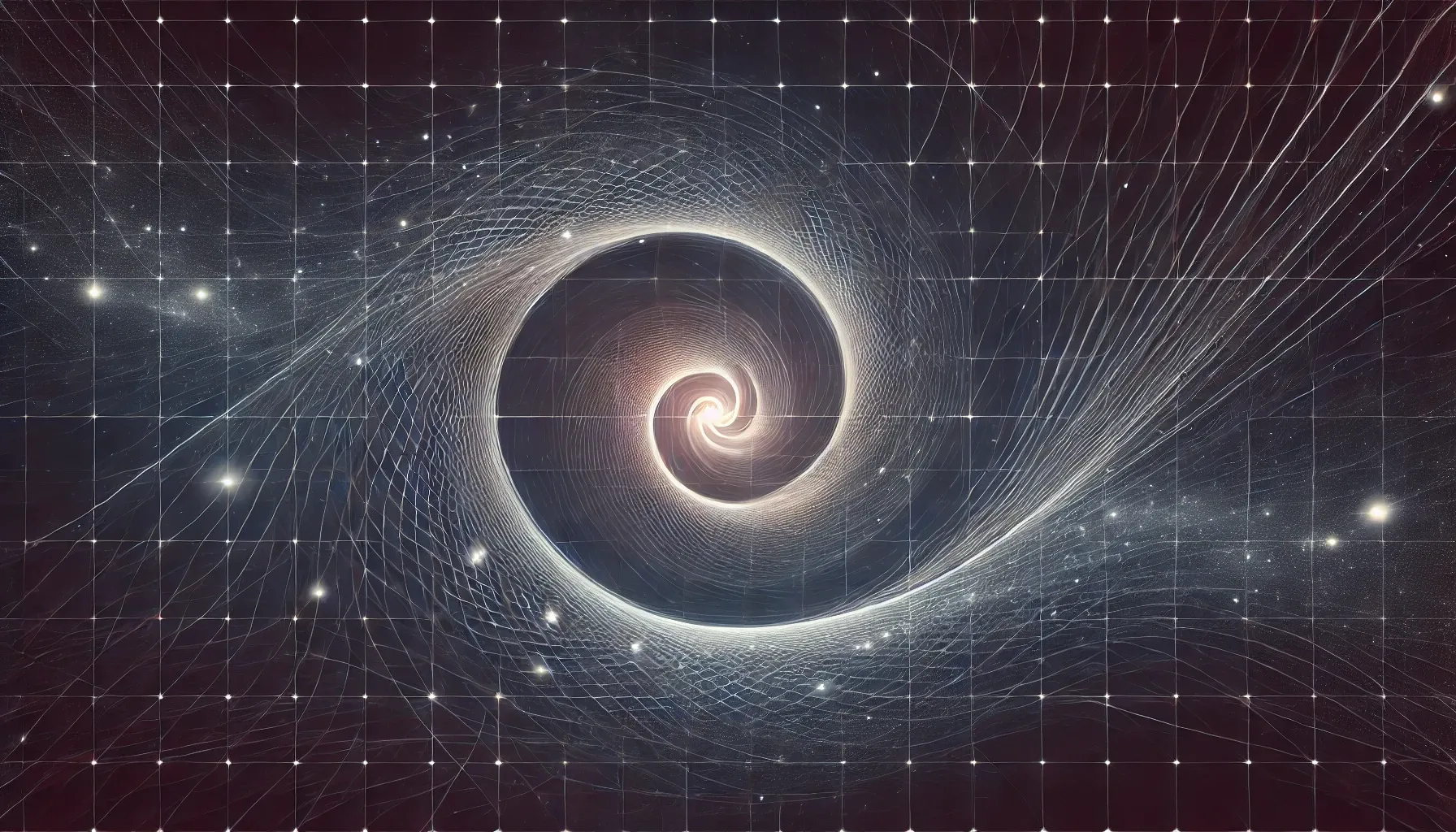The Evolution of Physics: From the Blackboard to the Blackholes
Reconsidering the differential diagnoses
For centuries, humanity has sought to understand the invisible forces that shape our world. The story of physics is a story of evolution — a relentless pursuit of truth, punctuated by revolutions that shattered old paradigms and built new ones in their place.
Each breakthrough, Newtonian mechanics, Einstein’s relativity and quantum mechanics, has brought us closer to a deeper understanding of reality. And yet, despite the success of modern physics, deep mysteries remain.
Relativity and quantum mechanics refuse to be reconciled. The nature of dark matter and dark energy eludes us. Time behaves differently depending on the conditions in which it's measured. And gravity, arguably our most familiar force, remains the least understood.
Could it be that these paradoxes are not fundamental contradictions, but symptoms of a deeper misinterpretation of observation itself?
As one of my physics teachers once said:
“If you’re getting the wrong answers, you might be asking the wrong questions.”
The Classical Era: A Clockwork Universe
For most of history, nature appeared predictable and orderly. Objects fell because they were “meant” to return to Earth. The stars moved across the sky with divine regularity. The universe seemed to obey logical rules — but no one knew why.
Then came Isaac Newton (1643–1727), who shattered centuries of Aristotelian thought with a mathematical framework for motion and gravity.
Newton’s Grand Framework
In 1687, Newton published Philosophiæ Naturalis Principia Mathematica, introducing:
- The Three Laws of Motion
- The Law of Universal Gravitation
His equations explained:
- Why apples fall from trees
- Why the Moon orbits the Earth
- Why cannonballs follow parabolic arcs
Physics became a science of certainty. The universe, once the realm of invisible divine will, was now a perfect machine, predictable and precise. For two centuries, Newton’s laws reigned supreme. But even in triumph, anomalies persisted.
The Rise of Relativity: When Space and Time Lost Their Absoluteness
By the late 19th century, cracks began to show:
- Mercury’s orbit deviated from Newtonian predictions
- The speed of light remained constant, defying Newton’s absolutes
- Experiments failed to detect the "luminiferous ether"
Then, in 1905, an unknown patent clerk rewrote reality.
Special Relativity: The Death of Absolute Time
Albert Einstein’s Special Theory of Relativity proposed that space and time were not fixed. Instead, they were woven together in a fabric that deformed with motion.
Key revelations:
- Time slows for fast-moving observers (time dilation)
- Objects contract at high speed (length contraction)
- Mass and energy are equivalent: E = mc²
This wasn’t just a new model — it was a new reality. Motion didn’t just change location; it bent time itself.
General Relativity: Gravity as Geometry
In 1915, Einstein went further. Gravity, he proposed, wasn't a force — it was curvature.
- Mass bends space-time, like a ball on a rubber sheet
- Objects follow the curves, not because they’re pulled — but because space itself is warped
- Gravity is geometry
- Time slows in a gravitational well
This was confirmed dramatically in 1919, when starlight bent around the Sun during a solar eclipse. Later, GPS satellites would verify gravitational time dilation, where clocks run faster in weaker gravity.
Einstein's theory explained black holes, orbits and gravitational waves. But it also broke down at small scales in the realm of quantum mechanics.
Quantum Mechanics: A Universe of Probability
At the same time Einstein reshaped the cosmos, another revolution was happening, deep in the atomic realm.
Pioneers like Planck, Bohr and Heisenberg discovered that at microscopic scales:
- Particles exist in multiple states at once (superposition)
- Electrons behave as waves and particles (wave-particle duality)
- Uncertainty is built into the fabric of measurement (Heisenberg Principle)
Where Newton brought certainty, quantum mechanics delivered probability.
Einstein resisted it: “God does not play dice with the universe.”
But dice or not, it worked. It gave us lasers, transistors, quantum computing.
Yet… it did not reconcile with relativity.
The Great Divide: A House Divided in Physics
The central problem:
- General Relativity describes a smooth, continuous space-time
- Quantum Mechanics describes a chaotic, probabilistic micro-realm
- Merging them creates paradoxes and mathematical infinities
Decades of attempts — string theory, loop quantum gravity, extra dimensions — have yet to yield a confirmed solution.
We live in a world where both theories work, but not together.
The Crisis in Modern Physics
Today, physics stands on a fractured foundation:
- Dark Matter & Dark Energy
→ 95% of the universe is invisible and unexplained - Cosmic Expansion
→ The universe is accelerating for reasons unknown
→ The Hubble tension reveals conflicting values for the rate of expansion - Gravity
→ Cannot be quantized
→ Black holes contain singularities — where the known laws break down - Time
→ Relative in relativity
→ Fixed in quantum mechanics
→ Entangled particles appear to violate causality itself
Despite extraordinary tools and brilliant minds, the contradictions multiply.
What if the problem isn’t the data but our misinterpreting it?
Gravitating Toward a New Perspective
What if:
- Space-time curvature emerges naturally from it being compressed
- Time doesn’t flow — it emerges
- Mass and energy aren’t separate — they’re different states of scale
Perhaps the paradoxes we face aren’t failures of theory — but failures of interpretation.
Perhaps the missing principle isn’t another force it recognising our limitations and perspective. Physics has evolved by asking new questions. So here is the question I put to you...
What if scale is the unifying principle we’ve been overlooking all along?
More on that, soon.
From one navel gazer to another — the universe is closer than it looks.

